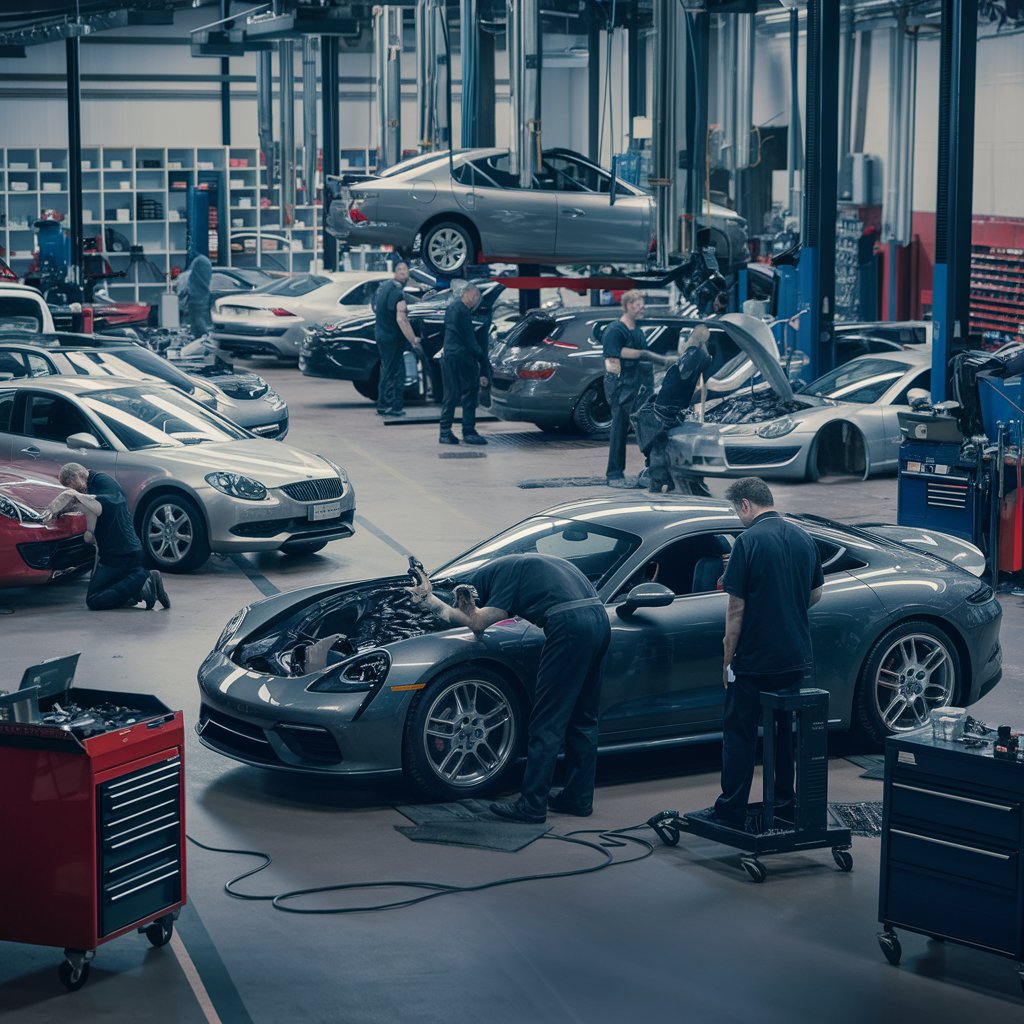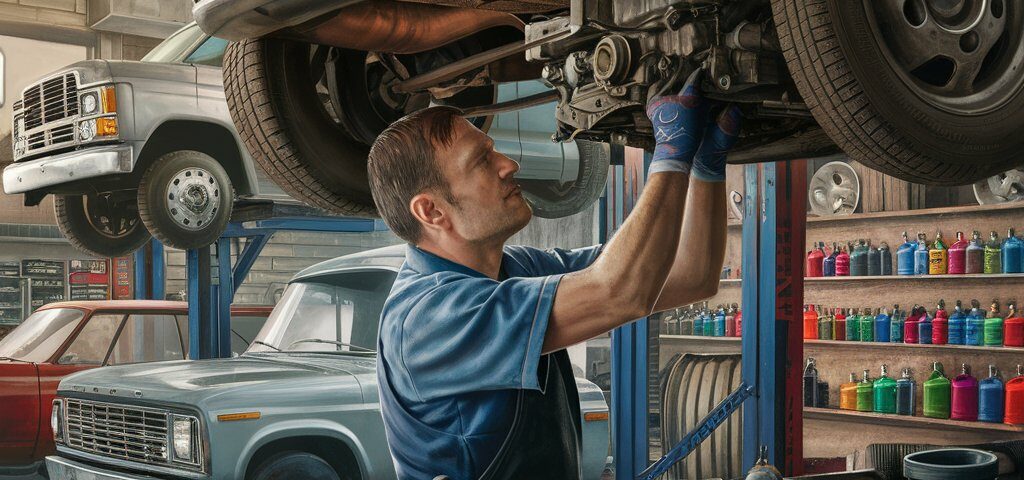
Engine Block Essentials: Why Pistons and Crankshaft Matter
August 12, 2024
How an Auto Mechanic Diagnoses Common Transmission Problems
September 6, 2024In the intricate dance of an internal auto repair, the roles of valves and camshafts are pivotal in orchestrating optimal performance and efficiency. Valves act as gatekeepers, managing the entry and exit of gases, while the camshaft, with its strategically designed lobes, dictates the timing and duration of these critical openings and closings. This precise coordination ensures that fuel combustion is maximized at the exact moment for ideal energy output. However, the relationship between these components is not merely mechanical but also involves a dynamic interplay influenced by engine speed, load, and environmental conditions. What remains to be seen is how variations in camshaft design could further enhance or complicate this interaction.
Understanding Valve Mechanics
Valve mechanics are crucial in regulating the flow of gases in and out of an engine’s combustion chamber, ensuring optimal performance and efficiency. The operation of these valves is a sophisticated dance that balances timing, pressure, and temperature to maximize engine output and minimize exhaust emissions.
Each valve, typically made from robust materials like titanium or hardened steel, must withstand high temperatures and pressures while maintaining precise opening and closing timings. This is essential for controlling the engine’s breathing process—intake valves open to allow the air-fuel mixture into the cylinders, and exhaust valves release the spent gases after combustion. The synchronization of these actions directly affects the engine’s ability to generate power and regulate its thermal efficiency.
Valve clearance, or the gap between the valve stem and its lifter or cam, is another critical aspect. Proper clearance ensures that the valve fully seats and seals when closed, preventing premature wear and maintaining engine compression. Over time, thermal expansion can alter these clearances, necessitating periodic adjustments to maintain engine health and functionality.
Understanding these elements fosters a deeper appreciation and belonging among automotive enthusiasts and professionals, who share a common goal of achieving superior engine performance through meticulous attention to detail.
The Role of the Camshaft
Central to the operation of engine valves, the camshaft plays a pivotal role in orchestrating the timing and movement of these critical components. This integral engine part ensures that the intake and exhaust valves open and close at precisely the right moments during the piston’s cycle, which is crucial for optimal engine performance.
The camshaft is typically located above or alongside the cylinders in various engine layouts. Constructed from hardened steel and situated in the engine block or head, it features lobes or cams that are strategically profiled to depress the valve lifters or pushrods as it rotates. These actions, in turn, activate the valves. The precise shape and timing of each cam lobe are engineered to synchronize the valve operations with the motion of the pistons and the firing of the spark plugs.
Furthermore, the camshaft’s speed (typically half that of the crankshaft in a four-stroke engine) and its synchronization via a timing belt or chain are critical for maintaining the engine’s rhythm and preventing mechanical failures such as piston-valve collisions. Thus, its design, manufacturing accuracy, and placement directly influence an engine’s efficiency, power output, and longevity.
As such, understanding the camshaft’s function fosters a deeper appreciation and belonging among automotive enthusiasts and professionals who share a common passion for engine technology.
In the intricate dance of auto repair, valves and camshafts operate in a synchronized manner, each relying on the meticulous precision of the other.
While valves meticulously control the entry and exit of gases, camshafts ensure these movements adhere to precise timing.
This interdependence underscores a vital aspect of automotive engineering: the harmony between component functionality and engine efficiency.
Indeed, understanding this relationship is fundamental to advancing engine design and optimizing vehicular performance.





